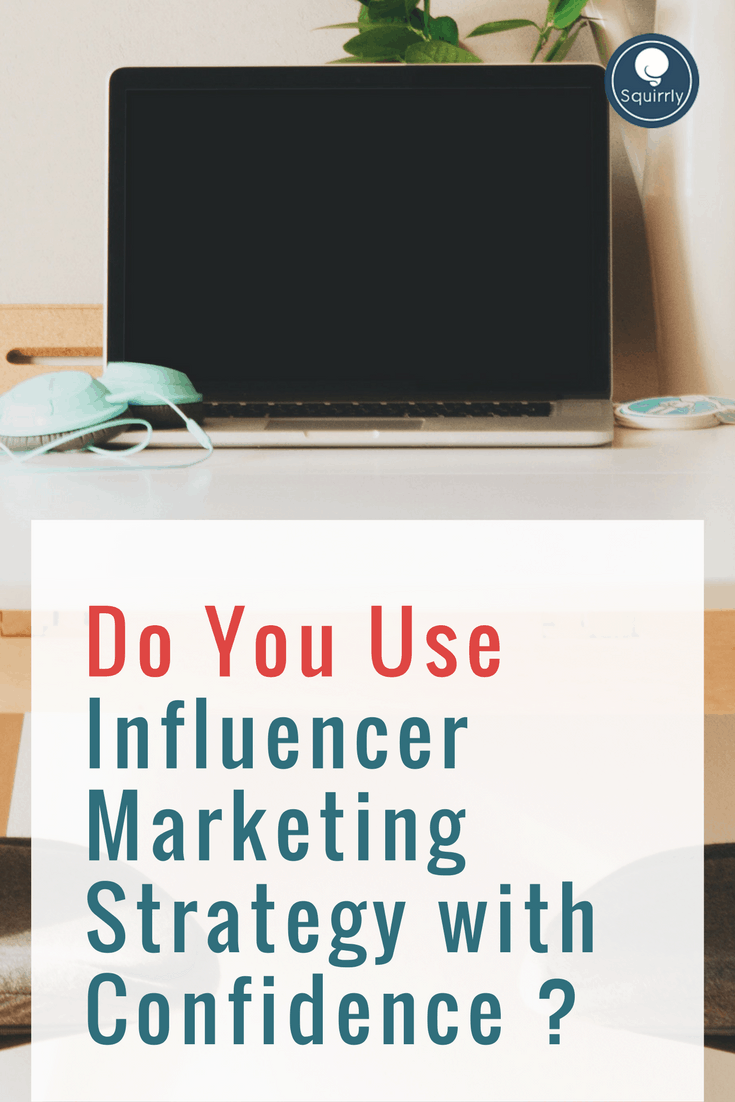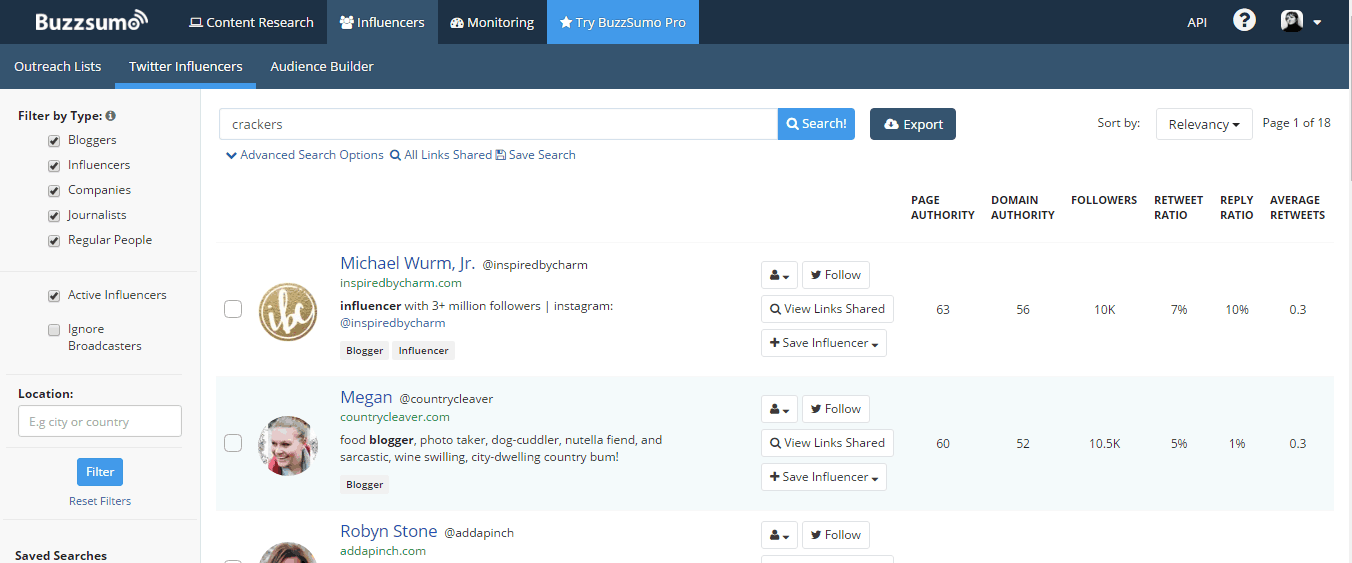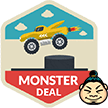
Times are changing and so does advertising, or at least this is what we think. Indeed, we evolve because of technology, but our habits stay the same.
In other words, do you remember the classical way merchants used to promote stuff? By word of mouth? Well, this is still happening. They are calling it influencer marketing strategy now, but it is based on the same principle.
What are Influencers?
These guys and gals are those regular people, like you and I but who have something to say. To be more explicit: influencers are the ones who are constantly active on social media, posting about different topics or different news wordy subjects.
Usually, they have a blog and a bunch of people who are regularly engaging with them through likes, shares, and comments. Of course, I forgot to mention that they are either early adopters or niche promoters. In some cases, influencers can even become trendsetters.

Why Do You Need Them?
How many times has a friend or a relative or someone else convinced you to buy a product just because they recommend it to you? Well, if you think about it, this happens only when you trust that person’s taste, or you look up to them. The same thing’s going on in an influencer marketing strategy.
Today, social media users have developed a personal ad block. Whenever they skim through their news feed, they get past the sponsored content, stories, or tweets. No need to mention that they are deaf to commercials and blind when it comes to billboards.
But if they read a blog post or a status from someone whose opinion matters, they might spend a couple of minutes skimming the text, and if they enjoyed the review, might as well purchase the item, out of curiosity or because they trust that person.

Why Does This Work?
Because it is more personal! It’s much easier to relate to influencers because they are average people.
And because we don’t like to hear anyone bragging about themselves and, of course, we wouldn’t believe that person, but if we had a mutual close connection, like a friend, and he would say nice things about someone, we might give them the benefit of the doubt. Because, in fact, it’s someone else’s opinion, so it’s fine.
Influencers are slightly the same thing, but they connect the brand with the audience.
Where to Find Influencers
Mostly on social media: Instagram, Facebook, YouTube, Twitter, Pinterest, and even Tumblr. You might notice them by the huge amount of engagement they have.
But, before you jump head first into the water, you might want to think about a few details in picking the right people for your influencer marketing strategy.

Your Audience vs. Their Audience
Let’s talk a little about your brand. What are you selling? What are you producing?
Hypothetically speaking, let’s say you make crackers. Deliciously guilty crackers appreciated by foodies and amateurs.
And you’re thinking about an influencer, therefore, you go on whatever social media site, and you pick the first one you see who has incredible engagement and you ask them to write about your product.
But they say no or might bring out some reasons like “but my audience doesn’t enjoy…you know, food. They’re more with…fashion?”
Ouch. What do you do? First, relax. Second, research, research, research.
You can use BuzzSumo. On BuzzSumo, it’s easy to identify content influential people are sharing. You click on the “Influencers” tab at the top, and you just type a topic, like crackers.

And ba da boom, you find your influencers.
Also, you can always go on TagBoard and research by hashtags. You can see the influential score directly on Twitter, for instance, with the Klout Chrome extension. So many possibilities!
If tagboard and researching hashtags or influencers sounds complicated, we’ve created a short training program that will make it seem like a piece of cake. You’ll get all the details you need to use hashtags and the power of influencers in your marketing strategy.
What Defines an Influencer for Your Brand
As KISSmetrics stated, the three things you need to research before choosing your influencers are:
[sqcta text=”
Context: Every influencer has its niche. The whole point is to find the one who would consume/buy your product. That being said, don’t aim for an influencer whose niche is IT to sell your crackers. Or salads.
Reach: well, they can share the same context with your product, but if only a couple of close friends like and read their posts, it’s pretty useless.
Actionability: You found the perfect influencers. Now, they should be able to cause action in their followers. Usually, this should be easy, and as second nature to them, but it’s not always happening. And at least not to everyone. And no, forcing them to do constant promotion won’t work. After all, it’s still possible to unfollow someone.” type=”lite” color=”blue”]
You Found Them! What’s Your Next Step in the Influencer Marketing Strategy?
Organize your strategy. One crucial aspect to any great Influencer Marketing Strategy is to stay in touch with your bloggers and social media partners. That’s why finding a good CRM (Client Relationship Manager ) that can help you with this aspect is necessary.
That’s why we created a Video tutorial of Streak CRM to help you better organize your Influencer Marketing Strategy.
Spread the love. Answer on time to the mentions, replies, and questions, and share blog posts and videos of who is promoting your product.
Create discounts and encourage users to photograph themselves while/after/when using the products. This is how your awareness will grow.
And never forget to repay your influencers, either by shout out, sending free products, or financially.
How much traffic do you really get to your site? Is it close to 10.000?
Finding the right influencers and reaching out to them might do wonders for the traffic and social signals you get to your articles.
If you want to see more ideas that will help you go from just a few unique to 10.000 unique visitors, join this course. It’s the best one we’ve done so far, and we’ve applied it time and time again.













